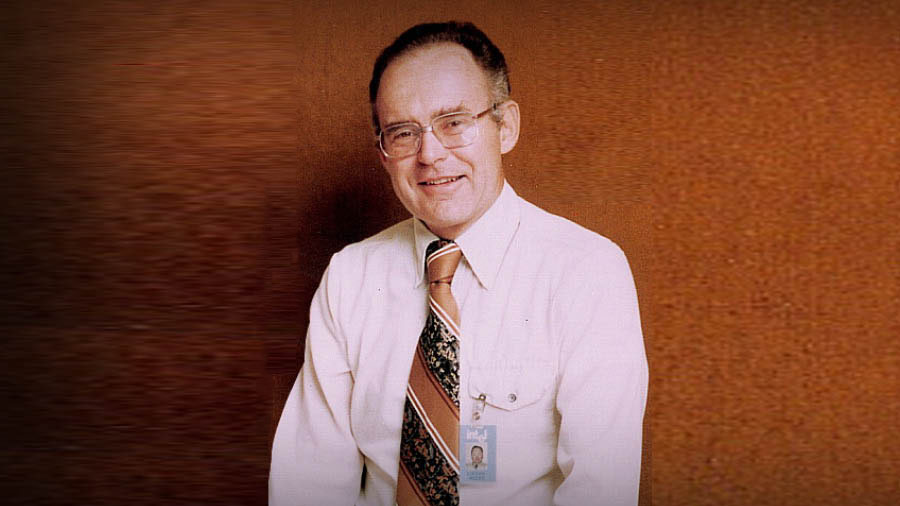I was born into hardware and technology. At the age of four, I saw the revolution of the fax machine as my late father was one of the first people to legally import thermal paper into India. But what followed the fax machine was to change both the nature of my childhood and perhaps the nature of the world. And a lot of credit for both these changes goes to Intel co-founder Gordon Moore, who passed away on Friday (March 24, 2023) at the age of 94.
Moore co-founded Intel with Robert Noyce, the co-inventor of the integrated circuit. The PCs of my childhood ranged from the luggable 386 to the only kid in class who had the CD-ROM in 1994 and then came along the internet in 1996. All of these technologies run on the humble microprocessor.

Moore is best known for Moore’s Law, one of the best technological predictions of the last 50 years. Moore’s Law states that the number of transistors per silicon chip doubles every two years (now decreased to about 18 months). To put it simply, he predicted that gadgets that relied on computing power would become smaller, speedier and cheaper with time. Just like the content Gen Z consumes these days.
If you want to imagine what a billion transistors on a chip must look like, just venture a walk through Gariahat before Poila Baisakh. Everyone is a transistor doing their own thing under the integrated circuit of supposedly banned plastic sheets by hawkers.
‘Intel Inside – not how you would describe most social media influencers these days’
The entire personal computer industry was revolutionised by Intel chips — epitomised by their epic campaign, ‘Intel Inside’. Intel inside, is of course, not how you would describe most social media influencers these days.
I wish to confess though that the laptop on which I am typing this runs on their rival AMD’s processor. I hope Dr Moore, you will forgive me for this piece of sacrilege. As a Marwari, finances must sometimes score over fashion. But the microprocessor revolution by Intel took me from the i386 to an i486, from a Pentium 75 all the way to my recent AMD Ryzen series. [At this point, Dr Moore’s ghost appears and physically slaps the author.] If only this speed of technology could be applied to restoration of our heritage monuments at Fairlie Place and Esplanade.
“Integrated circuits will lead to such wonders as home computers – or at least terminals connected to a central computer – automatic controls for automobiles, and personal portable communications equipment,” Moore wrote in his paper, two decades before the PC revolution and more than 40 years before Apple launched the iPhone.
Side-by-side with this revolution came multimedia, the Internet, social media and everything else we built upon it. All so humanity could use it to watch Will Smith slapping Chris Rock on loop.
Even though he predicted the PC movement, Moore told Forbes magazine that he did not buy a home computer himself until the late 1980s. He never got high on his own stuff. Perhaps like Mark Zuckerberg and Bill Gates, the dealer knew that children should not do the merchandise.
Moore received a Medal of Freedom, the nation’s highest civilian honour, from President George W Bush in 2002. It was also the year the world received the gift of the dotcom meltdown. So perhaps VCs should stop trying to put so many billion transistors on a single startup.

Gordon Moore on a postage stamp Shutterstock
He also gave hundreds of millions to his alma mater, the California Institute of Technology, and backed the Search for Extraterrestrial Intelligence project known as SETI. Or as we call it in India, arranged marriage.
Farewell, Dr Moore. You may not be Dr Seuss, but it is in the poetry of your integrated circuits that many an introvert found their childhood companion. For if microprocessors can double their capacity every 18 months, surely we, as humans, can try to be twice the person we are today every 18 years?
The author is a Marwari investment banker turned corporate comedian. The views expressed in this article are his own and do not necessarily reflect the views of the website.


